As some of you know, I spent much of my childhood growing up in Papua New Guinea (PNG), where my parents served in missions. PNG is a 3rd world country, often considered to be one of the world’s ‘final frontiers’. With over 700 distinct languages, rugged terrain, and tribal customs, the nation is one of the most undeveloped and primitive in the world.
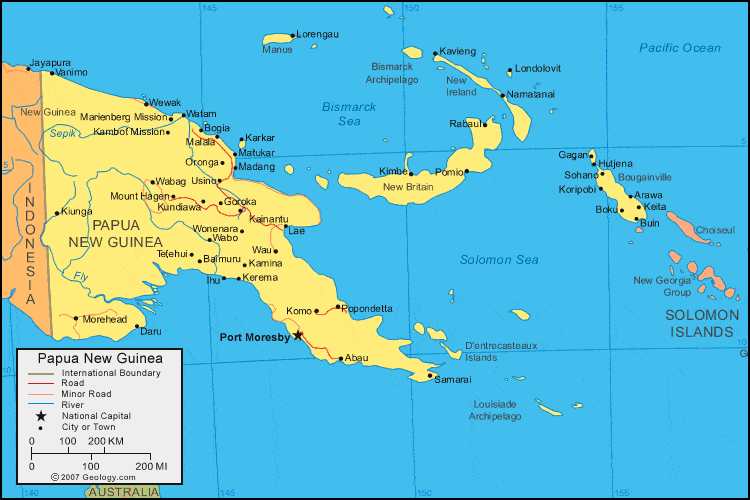
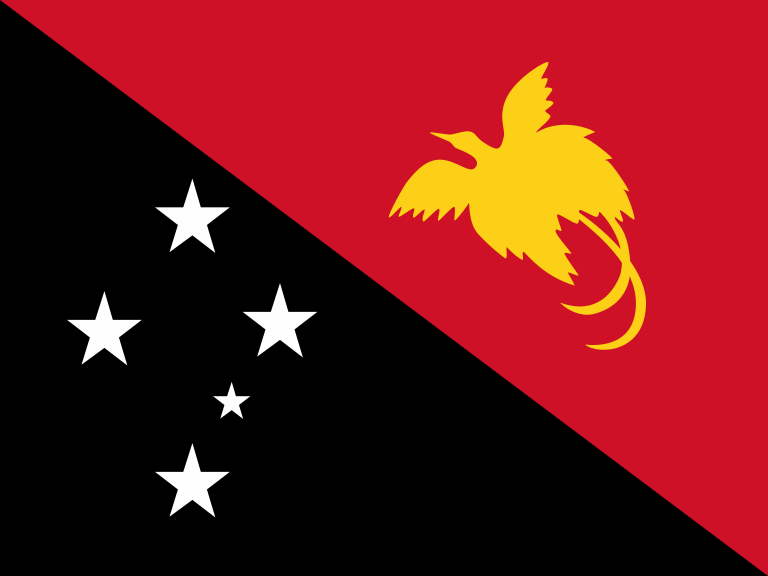
This backwards, primitive image rapidly changes, however, when one visits the nation’s capital. The capital city of PNG is Port Moresby, and is truly the gateway to the nation. I have visited the city many times, and can attest that it is a truly fascinating place. Port Moresby is a booming metropolis that is growing incredibly wealthy due to huge growth in its business sector and major investment (mainly from Australia and China) in PNG’s vast natural resources of oil and gold. The city’s population is burgeoning rapidly, and its cost of living has skyrocketed.


The urban planning and structure of Port Moresby is a study in contradictions. On the one hand, the wealthy and developed areas of the capital are similar to any modern-day city. High-rise buildings, luxurious hotels, and modern apartments dominate the downtown landscape. Port Moresby is also home to PNG’s only international airport, served by the national carrier Air Niugini. Jackson’s International Airport and Air Niugini facilitate the transport of businessmen and investors from all over the world to engage in PNG’s vibrant resource industry.
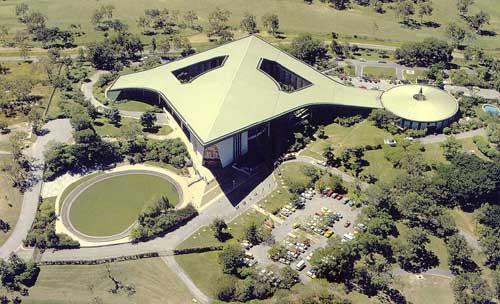
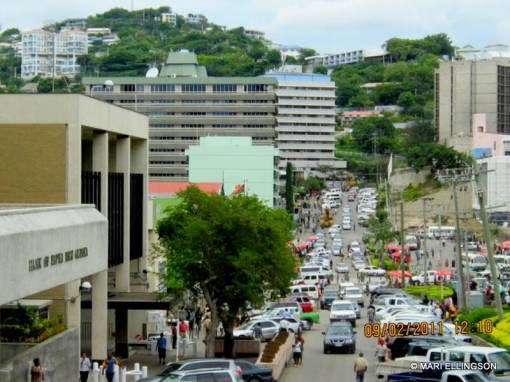


On the other hand, Port Moresby IS the capital of a 3rd world nation, and the poverty and underdevelopment that characterizes the rest of the nation is readily visible in certain sectors of the city. Standing in stark contrast to the wealthy downtown core, the outlying areas of the city are filled with run-down settlements, shantytowns, and primitive villages – areas unknown to tourists, ignored by the government, and forgotten by the businessmen and wealthy elite of Port Moresby. Crime and violence run rampant, and the city has one of the highest crime rates in the world.



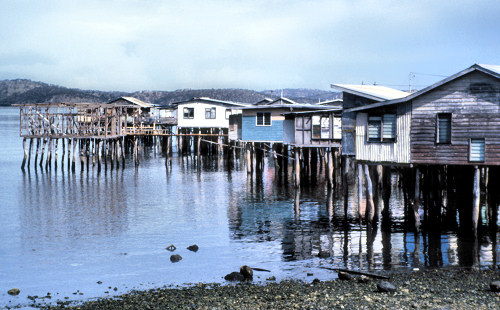
The stark contrast between rich and poor in Port Moresby’s urban atmosphere is often hidden, but the two sometimes intersect in visible ways. The photos below capture this reality, revealing the modern downtown core in the background, with primitive village huts built over the water in the foreground.


For Port Moresby’s architects and urban planners, the current challenge is to find a way to bridge the gap between the modern, wealthy sectors of the city and the primitive, village-like areas. City planners must attempt to find a way to bring wealth and development to all areas of the city, focusing on modernizing architecture and infrastructure in the shantytowns of Port Moresby. Rather than simply focusing on the modern downtown core, a city-wide development focus must be employed if true improvements are to come to the city as a whole.

SOURCES FOR IMAGES:
– http://geology.com/world/papua-new-guinea-satellite-image.shtml
– http://devpolicy.org/png-37-years-after-independence-the-question-of-leadership-20121109/png-flag/
– http://www.llns.com.pg/our_firm.php
– http://www.skyscrapercity.com/showthread.php?t=63447
– http://wikimapia.org/1803466/Parliament-House
– http://islandmeri.wordpress.com/2011/02/28/views-of-port-moresby-on-a-dull-day/
– http://www.placesonline.com/detail_information/3362669/crowne_plaza_hotel_port_moresby.asp
– http://en.wikipedia.org/wiki/File:Air_Niugini_Boeing_757-200_SYD_Zhao.jpg
– http://commons.wikimedia.org/wiki/File:Port_Moresby_080805-N-9689V-004.jpg
– http://commons.wikimedia.org/wiki/File:Poor_coastal_housing_at_Hanuabada_in_Port_Moresby2.jpg
– http://commons.wikimedia.org/wiki/File:Squatters_at_Rubish_Tip_in_Port_Moresby.jpg
– http://livingtravel.com/pacific/papuanewguinea/portmoresby/portmoresby.htm

Thanks for sharing with us your knowledge of this off-the-beaten-path city! Port Moresby sounds like a lot of cities in Latin America (think of the favellas of Brazil, for example – sure to be in the spotlight when the World Cup begins.) Interestingly, in these developing countries, governments are looking for ways to “upgrade” the favellas, by bringing in much needed infrastructure.
Port Moresby also reminds me of LA, in the heart of the developed world. Compare the financial district and Bel-Air to South-Central LA. This, by the way, is the strongest argument against gated communities (also flourishing in cities in the developing world) – they allow the rich to live in protected enclaves without ever having to deal with the problems of poverty,
[for some reason the reply cut off the end of my comment – here it is!]
LA is a place built on the oppression by White Americans of African Americans and Latinos, and gated communities are ways to perpetuate this privilege, instead of recognizing a responsibility to help improve marginalized neighborhoods. Gated communities take up the best real estate, and have vast resources (parks, etc.), and poor blacks and latinos are denied access to these places and resources.
Wow! Thank you for sharing this post! Unfortunately I’m quite unfamiliar with PNG but I’m saddened to learn that, like so many developing countries, the gap between rich and poor seems to be growing significantly. Like Brigitte, South America also came to mind while reading your post, especially in relation to inequality and the risk of corruption. I did a bit of reading online and it turns out that PNG has one of the highest levels of inequality in the Asia-Pacific region, if not the highest. Moreover, it appears that the growing gap between rich and poor appears to be fueling rather violent outbursts. I was unable to find any information regarding whether the government plans to do any kind of intervention, especially relating to urban planning, but I hope that the coming years will not see the PNG suffer the same fate of corruption as so many countries in South America, like Venezuela for example.